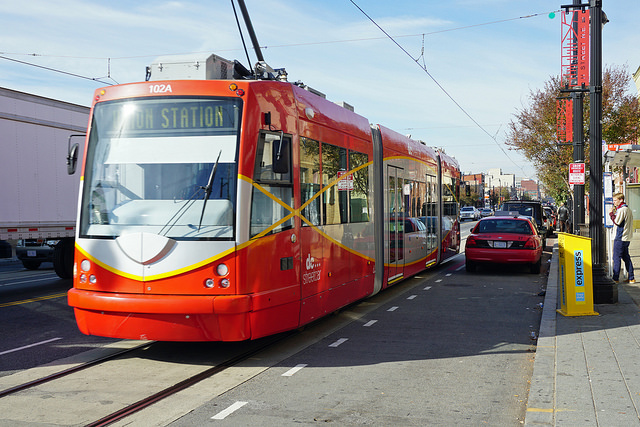Sorting fact from fancy and fear isn’t always easy. In just the past three days we’ve heard all three about self-driving cars. First, Duke University roboticist Missy Cummings testified before Congress that auto companies were “rushing to market” before self-driving cars are ready, and “someone is going to die.” “Many of the sensors on self-driving cars are not reliable in good weather, in urban canyons, or places where the map databases are out of date,” she explained in arguing for federal standards for self-driving technology.
No one argues that the technology is ready today and no one argues that it will reduce fatalities to zero. Cummings may have been trying to say that a car with no features other than adaptive cruise control and lane centering will encourage drivers to fall asleep in the back seat, but it isn’t clear how federal regulation would prevent that since those technologies are already available on many cars.
Ironically, just a few days before, Ford explained how its self-driving cars would overcome all of the problems cited by Cummings. As the Antiplanner described a few months ago, Ford and other companies are relying heavily on precise maps that can be automatically updated every time an appropriately equipped car drives down a particular route (which can then update the maps for other cars). If an occupant wants to take an unmapped route, the self-driving car would refuse to go there without a human driver. This would solve all of Cummings’ issues without government intervention.










